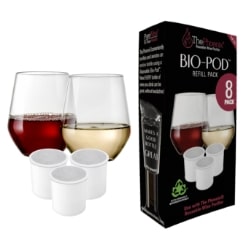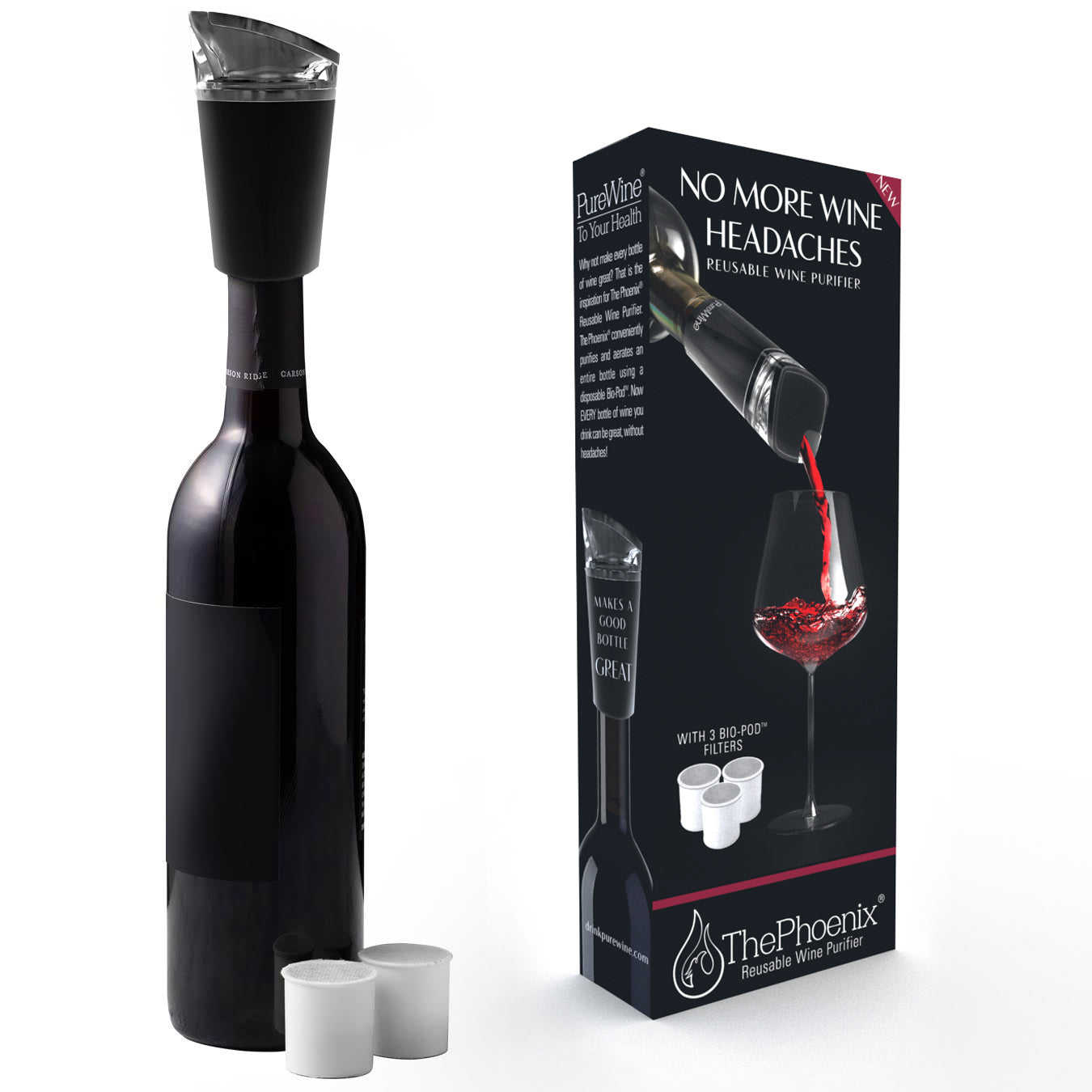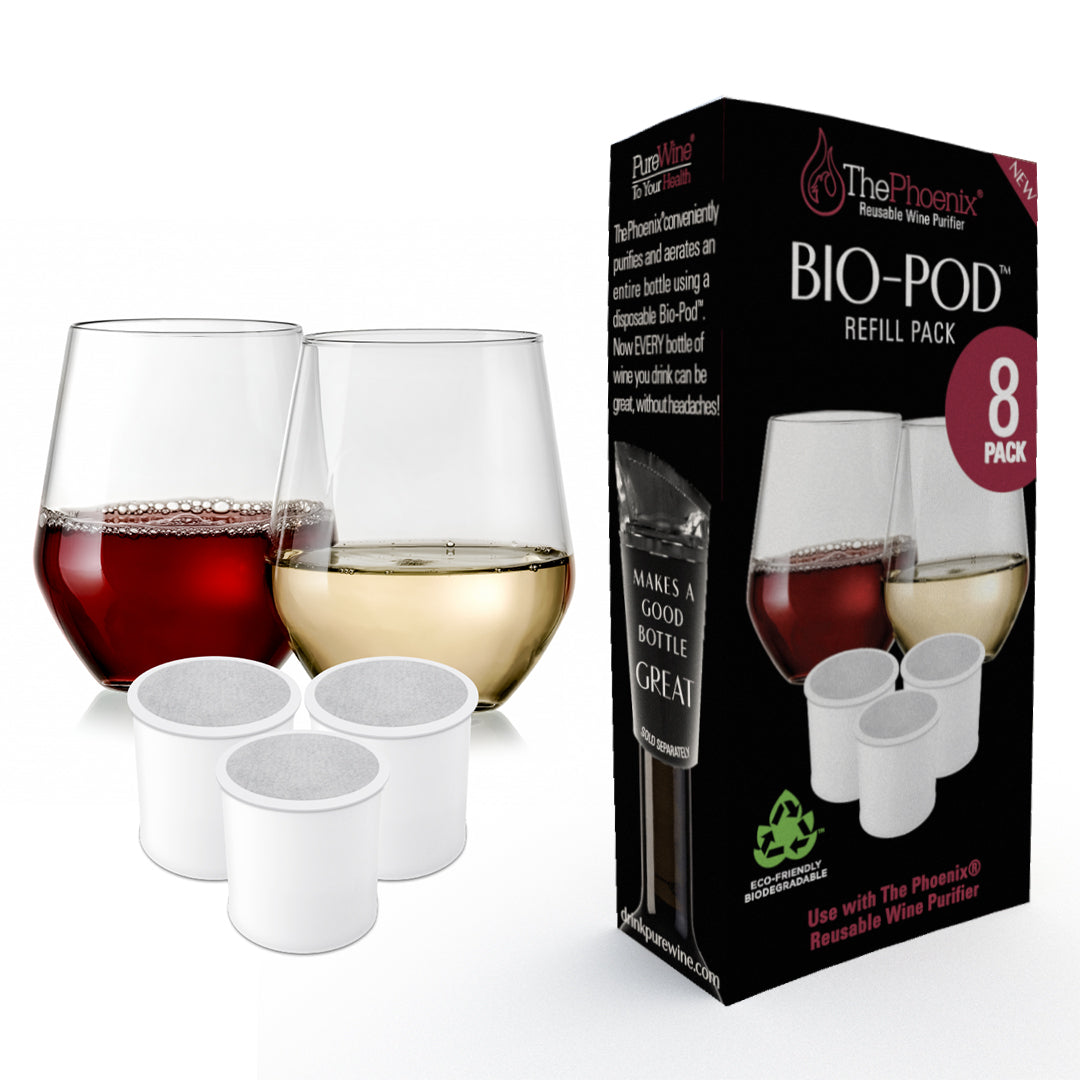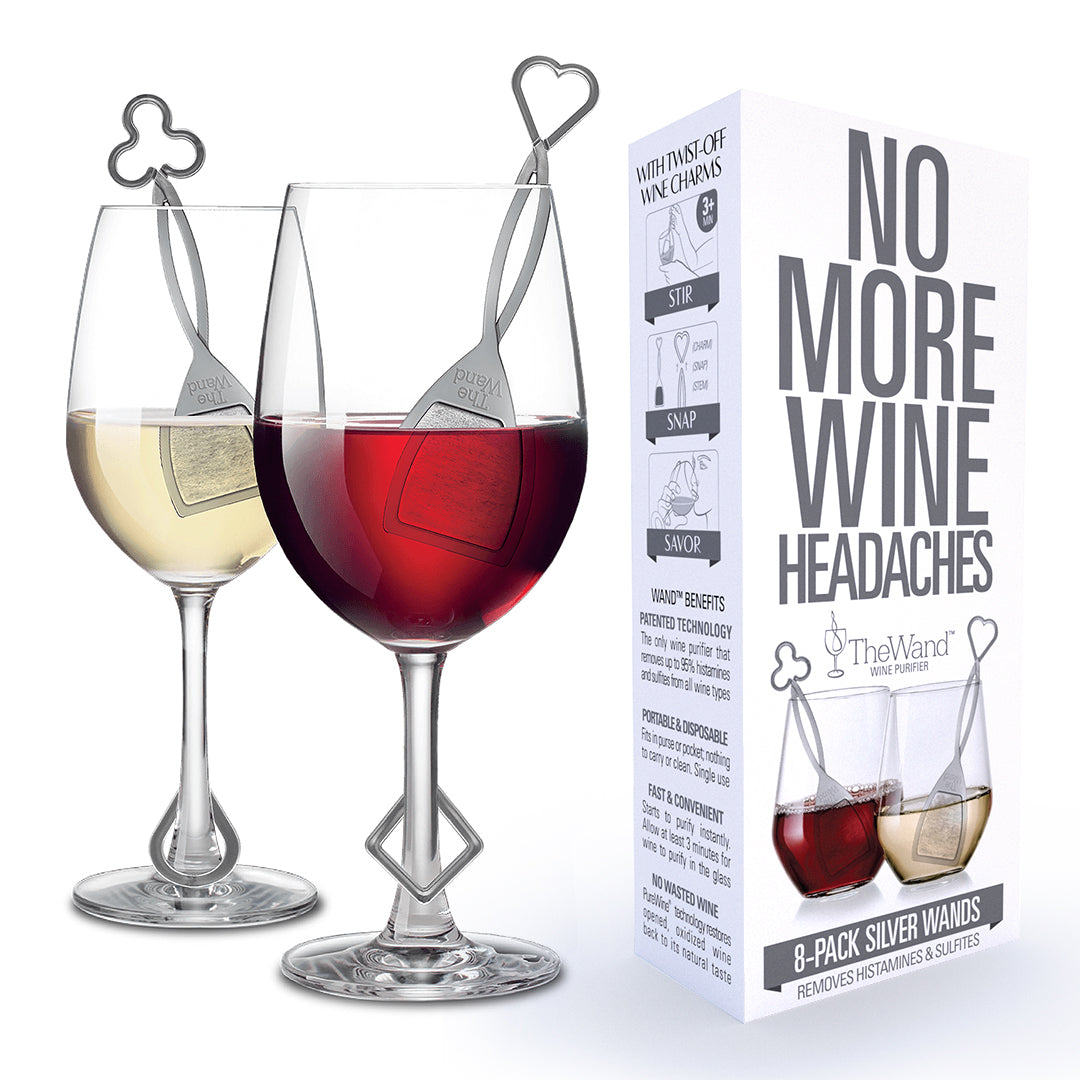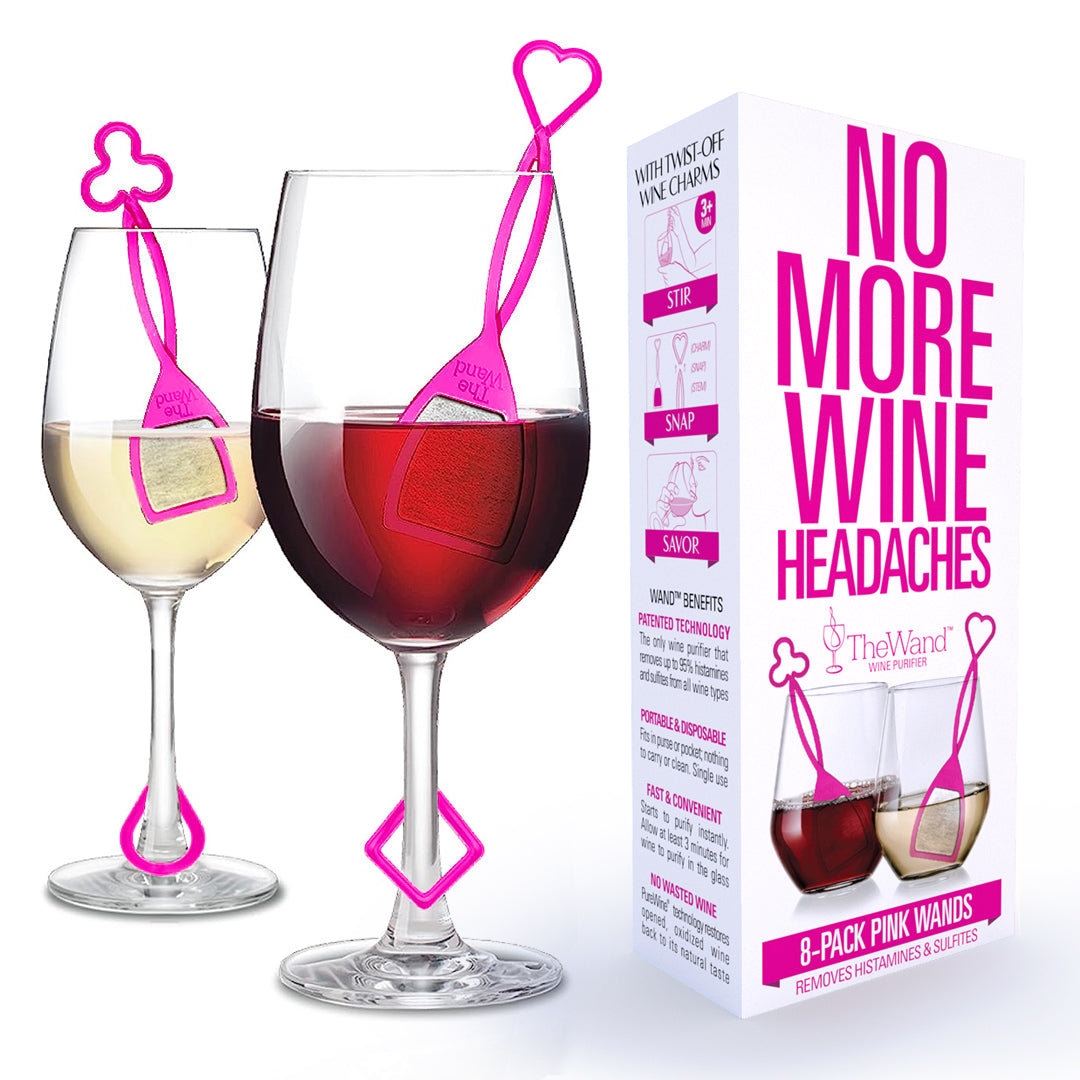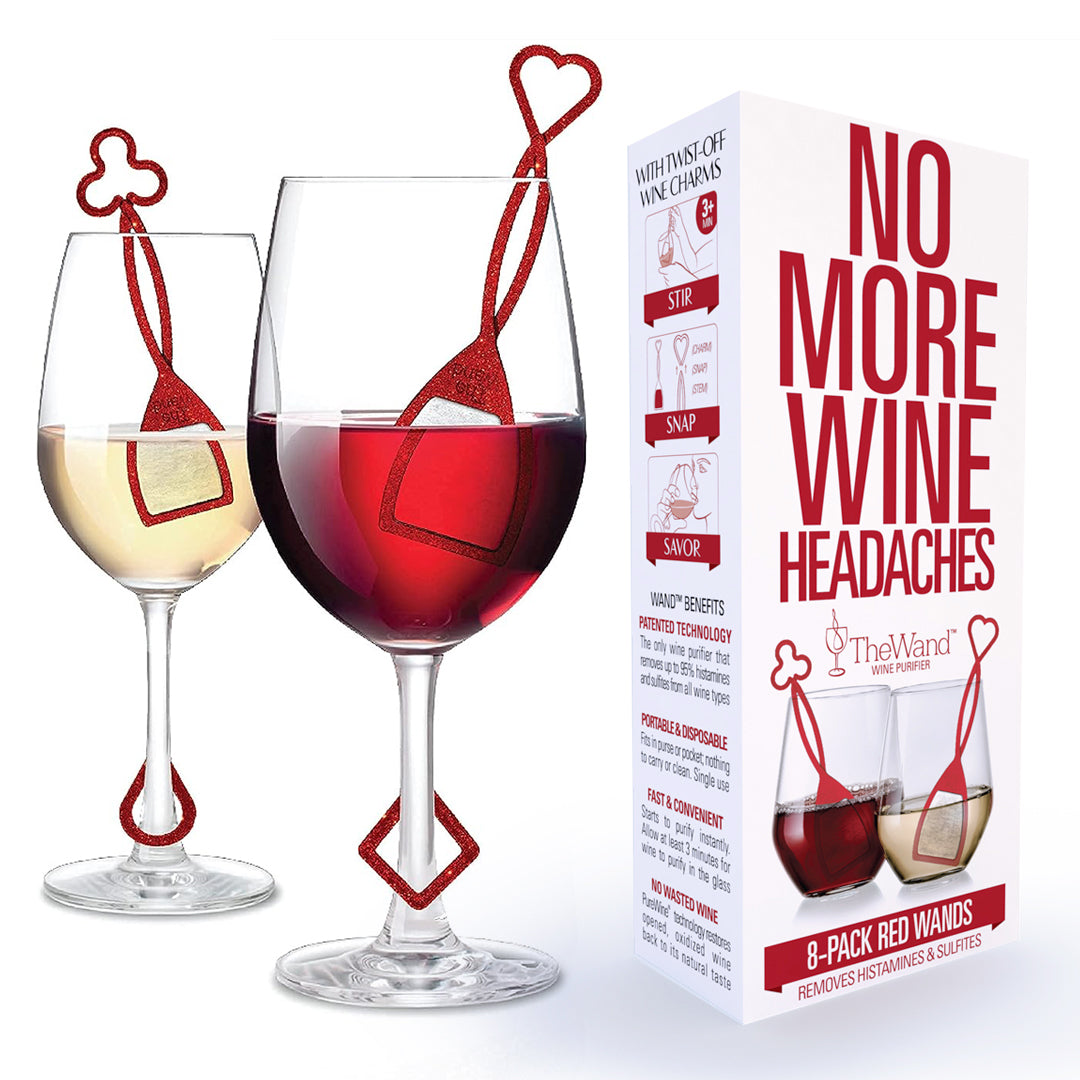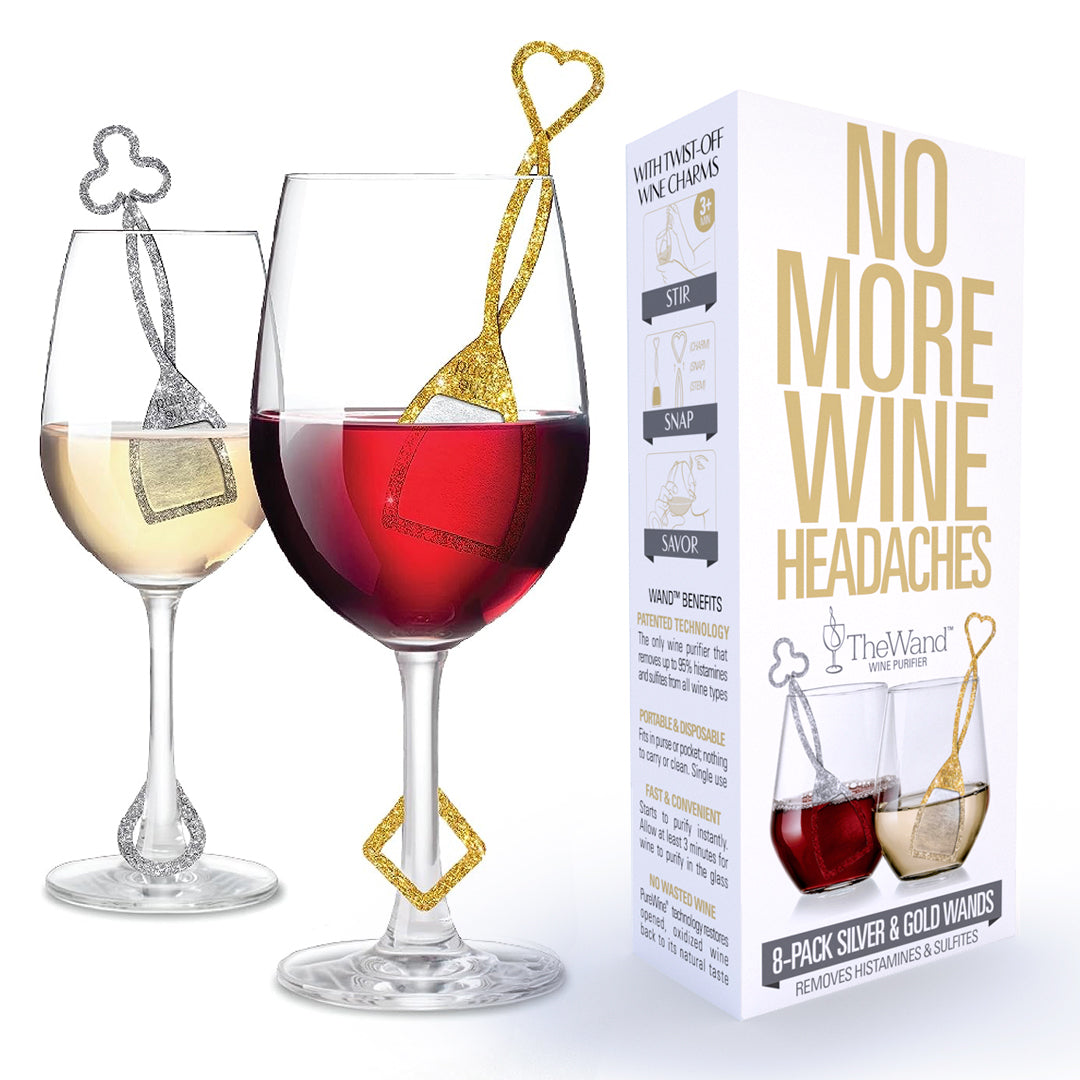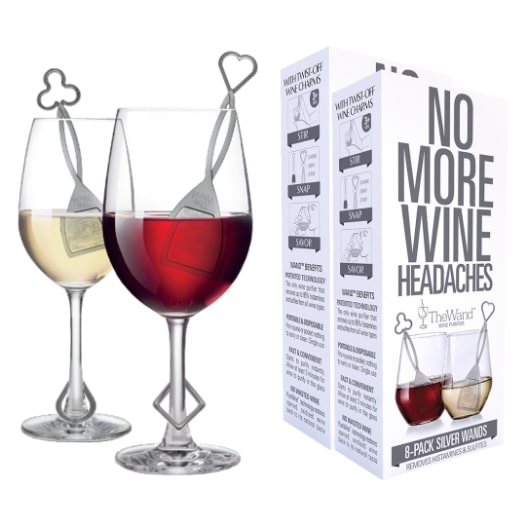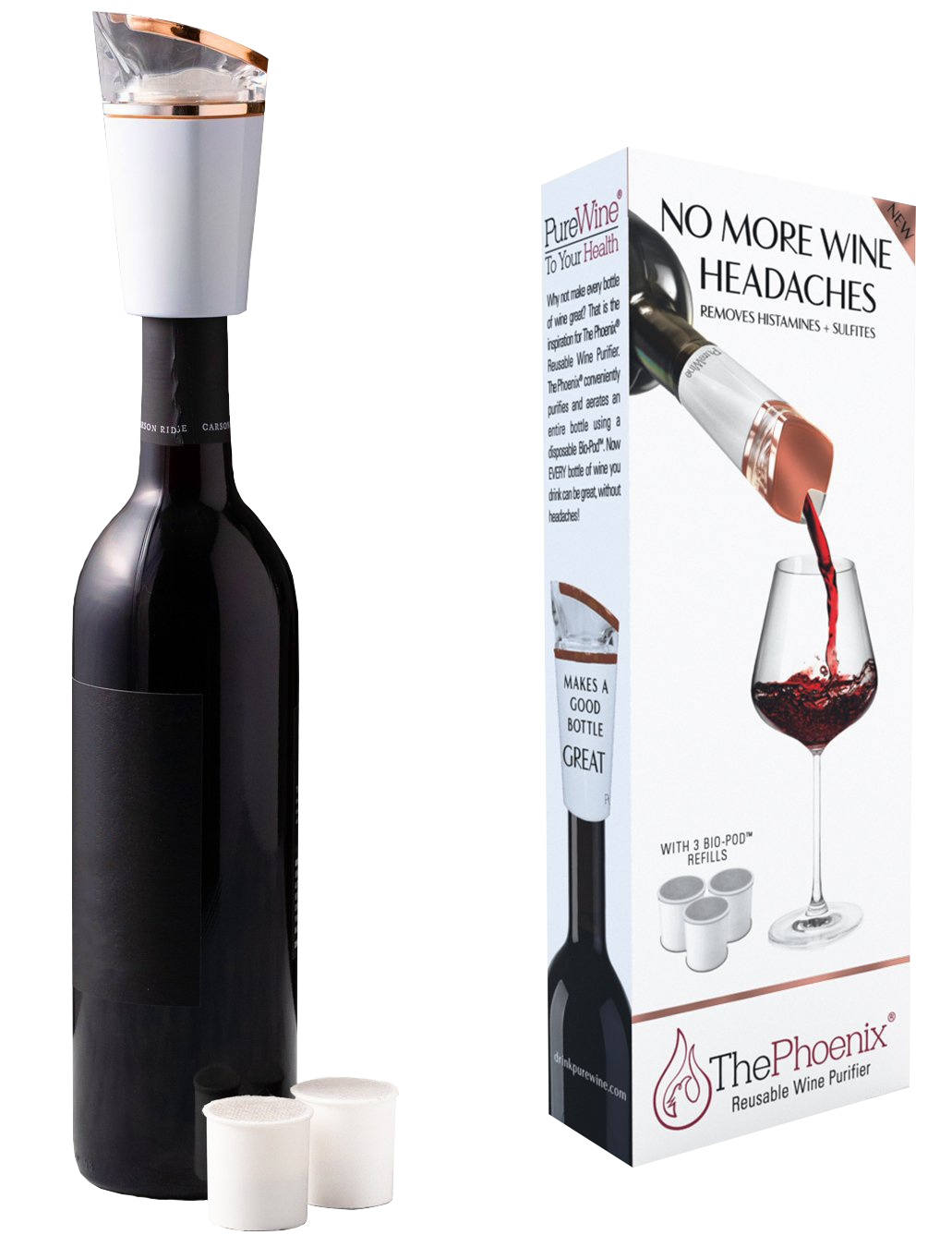How to Clear Histamines from Your Body – The Complete Guide to Managing Your Histamines
How to clear histamine from body – this guide will help teach you everything you need to know about how histamines work inside the human body. More importantly, how to clear out those histamines when they start to cause more serious allergic reactions.
Many foods contain histamines, so it is crucial to learn which categories of food to avoid and what types of ingredients can actually help. Red wine, papaya, and peanuts are just a few of the items on this list. Keep reading to find out what other histamine-rich foods there are and how they interact with your body.
What Are Histamines
Histamine is one compound in a broad class of biogenic amines (aka histamines) that trigger allergic reactions and seasonal allergy symptoms (headaches, rashes, stuffy noses and sneezes during season changes). They are produced by the body’s immune system and they can also be consumed in ones diet. Histamine has other important jobs as well, such as acting as the mediator of numerous biologic reactions. Unfortunately, there are times for some people when some of the chemicals our bodies create do more harm than good.
During an allergic reaction, histamine binds to receptors to inhibit smooth muscle cell contraction, vasodilation, increased vascular permeability, and mucus secretion, tachycardia, changes in blood pressure, and more. These various reactions can multiply and can become quite serious or even fatal when there is too much histamine for the body to break down and elminate. Life-threatening allergic reactions are more likely to happen with people who have a history of significant histamine intolerance. That is why anti-histamines make up the contents of most allergy medicines because they can block the noticeable symptoms that histamine induces.
Are Histamines Bad for You?
There are natural histamine levels present in the body that are healthy and work well at protecting you from allergens and other immune system triggers. However, high histamine levels from the consumption of certain foods and drinks can raise histamine levels too high, thus making the symptoms much worse. This is especially significant for individuals who have an intolerance. Histamine toxicity is a term used to describe the body’s response to an excess of histamine.
The avoidance of foods high in histamine can reduce allergy symptoms and decrease the likeliness of histamine toxicity. Certain diets, which we will later discuss, help to maintain histamine levels at a normal and healthy concentration.
Recognizing a Histamine Intolerance
A recognized cause of histamine intolerance comes from reduced activity or deficiency of the enzyme system (diamine oxidase – DAO) that is responsible for processing histamines in the body and keeping them maintained in a healthy range. Without adequate DAO control, histamine does not break down at a sufficient rate and instead accumulates to create more severe problems, such as an increase in symptoms that may mimic allergic reactions The journal, Histamine and Histamine Intolerance, describes this phenomena as a “disequilibrium of accumulated histamine and the capacity for histamine degradation.” For example, an oral administration of histamine after the inhibition of DAO can induce severe and life-threatening allergy-like reactions.
As another example, when a person who is histamine intolerant is exposed to high histamine levels from certain food sources that cause a dramatic reaction, it can be confused with food poisoning. The types of symptoms exhibited from both are very similar – each can lead to digestive issues, nausea, and vomiting, severe headaches, migraines.
Knowing the difference between a food allergy and histamine intolerance can take time and discovering a histamine intolerance can take even longer. Typically, to find out whether someone is histamine intolerant, they must follow a strict histamine-free diet. Once completing the diet for a set amount of time, the person will either notice a remarkable difference or no change at all. If there is no change, it could mean that the problem lies somewhere else in the body, or there is an imbalance of another chemical.
According to the American Society for Nutrition, approximately 1% of the population has histamine intolerance. 80% of those patients with histamine intolerance are middle-aged. It is important to recognize that symptoms of histamine intolerance often manifest on a spectrum and very high levels of histamine are not required to experience mild to moderate symptoms that are quite uncomfortable.
Symptoms of Histamine Intolerance
Because histamine intolerance symptoms can present on a spectrum of severity, they can be associated with a full allergic reaction (anaphylaxis). Intolerance can present symptoms including:
- Headache
- Skin flush
- Sneezing
- Stuffy nose
- Hypertension
- Diarrhea
- Stomach cramping
Histamine Intolerance Causes
The main cause of histamine intolerance is impaired DAO (diamine oxidase) activity that results in a decrease in the rate of histamine elimination from the body.
Ethanol can be another cause due to its competitive inhibition of histamine degradation produced by normal functioning DAO enzymes. Other common inhibitors of DAO include certain medications such as: muscle relaxants, antibiotics and antidepressants.
Genetic backgrounds also play a role in prevalence of histamine intolerance in specific populations, but it is believed that these effects are most likely linked indirectly to inherited gastrointestinal diseases.
Treatment
The treatment of symptoms from high histamine levels depends on the cause. Histamine intolerance may require a histamine-free diet, supported by antihistamines or the supplementation of DAO in the diet. Most antihistamines do not influence DAO activity, so if a deficiency in DAO activity is the problem, then typical over-the-counter antihistamine allergy medications are probably not sufficient for that person.
What to Foods Avoid to Reduce Histamines from Body
For most dysregulations with histamine, avoidance of certain foods high in histamines, like fish and aged meats, will reduce the intake of outside sources of histamines.
Also, histamines commonly found in wine can be a major contributor to the allergy problems experienced by a broad range of the adult population.
In a scientific study on food intolerance, an evaluation of the role of histamine in wine intolerance involved 28 patients. During the study, 22 of the patients had higher plasma histamine levels just 30 minutes after drinking 125ml of red wine, which is about 1/6 of a standard wine bottle.
Patients who participated in the study that were intolerant to wine had symptoms of sneezing, flush, headache, diarrhea, itchy skin, and shortness of breath after drinking one glass of red wine.
The results of this study showed the following data for types of wine and beer:
- White wines – 3 to 120 micrograms per liter
- Champagnes – 15 to 670 micrograms per liter
- Red wines – 60 to 3800 micrograms per liter
- Beers – 21 to 305 micrograms per liter
Are There Histamines in Wine?
Yes, certain amounts of histamine can be found in wine over a wide range between 3 to 3800 micrograms per liter of wine. There are three other common biogenic amines as well – putrescine, cadaverine and tyramine. This family of biogenic amines all work synergistically to enhance the frequency and severity of wine intolerance.
The results of one scientific study suggest that “there is no correlation between the histamine content of wine and wine intolerance.” Although, you should gain knowledge on both since wine intolerance could be the actual cause for physical ailments you have been suffering.
As you well know by now, some people have a lack of DAO activity, meaning their body cannot process histamine correctly or fast enough. However, some other individuals are simply hypersensitive to the sulfites in wine rather than the histamine.
A sulfite hypersensitivity can cause similar reactions to those of histamine reactions. Sulfite hypersensitivity can be as dangerous as histamine intolerance since it can result in anaphylactic shock, bronchospasm, urticaria, angioedema, nausea, diarrhea, stroke, and death.
You can see how both histamine intolerance and sulfite hypersensitivity can be easily confused for ordinary food poisoning or an allergic reaction to the ingredients in food.
Types of Wine that Are High in Histamines
Red wines typically have the highest histamine levels when compared to white wines and champagnes. The levels are typically between 60 to 3800 micrograms per liter (mcg/L). Red wines normally need the longest aging time to “soften” and fully develop their desired flavor. The secondary fermentation processes that continue inside the wine bottle during storage can produce high levels of histamines over time.
High Histamine Foods to Avoid
Aged foods, such as cheeses and fermented meats. tend to have higher levels of histamine. The table below shows the histamine levels of different types of foods and beverages. In the previous section, the measuring units are not the same, keep that in mind while looking at the values. (table data comes from PubMed.gov).
| Foods | Histamine levels (mg/kg) |
| Tuna fish | 0 - 402 |
| Gouda cheese | 10 - 900 |
| Emmental cheese | 5 - 2500 |
| Fermented sausage | 0 - 650 |
| Salami | 1 - 654 |
| Sauerkraut | 0 - 229 |
| Spinach | 30 - 60 |
| Red wine vinegar | 4 |
| Beverages | (mg/L) |
| White wine | 0 - 10 |
| Red wine | 0 - 30 |
| Beer | 0 - 17 |
As you can see, some of the highest concentrations of histamine are in Emmental cheese and salami. That is because those foods are aged longer.
Also provided from The American Journal of Clinical Nutrition on PubMed.gov – here are some other foods which have suggested histamine-releasing capacities. These foods do not necessarily have high concentrations of histamine, in fact, some of them have very low traces. However, certain components within the food can trigger a direct release of histamine from mast cells inside body tissues and should be avoid when possible:
High Histamine Plant-derived Foods
- Citrus fruits
- Papaya
- Strawberries
- Pineapple
- Peanuts
- Tomatoes
- Spinach
- Chocolate
High Histamine Animal-derived Foods
- Fish
- Crustaceans
- Pork
- Egg Whites
Other High Histamine Foods
- Licorice
- Spices
How to Clear Histamine from the Body
Clearing histamine from the body should begin with identifying foods and beverages in your regular diet that are rich in histamine and then eliminating them in a low histamine diet. Use the table and lists above to know what foods you should avoid. Then, read about elimination dieting below to learn more.
If you need treatment for histamine intolerance, a DAO supplement may be a preferred option.
Histamine Elimination Diet -
The purpose of committing to an elimination diet is to narrow down the causes of allergy symptoms.
If a person strictly follows an elimination diet that avoids all foods and drinks containing any trace of histamine, and they have noticeable improvement in a short time period, the symptoms are likely a direct result of the histamine being introduced into their body by one or more of the foods that had been eliminated.
Otherwise, if the person dieting does not show improvement or has a very low rate of positive change, then the source of the problem probably originates elsewhere besides reduced DAO activity and dietary ingested histamine.
Keep in mind that although an elimination diet will cut out a large portion of histamine from your diet, it may not eliminate all of the histamines in your meals, regardless of its name. There is no real way to ensure a 0% consumption of histamine, but you can get close.
Histamine Intolerance Diet
To follow an histamine elimination diet, follow these pointers and basic guidelines:
- Do not eat canned foods, ready-to-eat frozen meals, or fermented foods, since they contain higher histamine levels.
- Buy fresh produce, and food products when grocery shopping and cook them yourself instead of purchasing pre-cooked foods.
- Keep meats refrigerated (or frozen) at home. Meat products that sit out will contain more histamine than when you first purchased them.
- Get help from a dietician who can help you know what foods to avoid and how to recognize histamine-rich substances.
- Avoid cocoa-based products, including chocolate.
- Avoid processed foods that contain preservatives and additives like artificial food coloring.
- No yeast extract – it is full of biogenic amines such as histamine and is a DAO inhibitor.
It can be hard to remember all of the food items to avoid during an elimination diet, but here are a few things that are low in histamine and are preferred by histamine dieters.
|
|
DAO - Diamine Oxidase Supplementation
As has been described, histamine intolerance comes from unbalanced histamine levels in the body. A high quality DAO supplement consumed along with a meal can improve the balance of histamine in the body by enhancing the degradation of histamines in the gut before they can be absorbed into the body and can thus help reduce symptoms.
Natural diamine oxidase in the body normally degrades histamine, but when there is not enough activity and degradation, histamine levels become unbalanced. The use of a diamine oxidase supplement is able to compensate for the reduction in DAO activity.
Symptom improvement through the use of diamine oxidase supplementation shows in clinical trials. During one study, 28 patients described their symptoms on and off of a DAO supplement. In the period of time that patients did use the supplement, most of them had improvement with GI (gastrointestinal) symptoms, fewer headaches, and fewer heart palpitations.
Antihistamines
Pharmaceutical drugs that contain antihistamine activity can block the allergic responses of histamine so the symptoms of histamine intolerance are at least partially alleviated. Anti-allergy medications that are available over-the-counter at local drug stores usually contain an antihistamine and do not require a doctor’s prescription, but most are contraindicated for alcohol consumption.
There are numerous brands of allergy relief medication that contain an antihistamine. Some of the more common name-brand products include Zyrtec, Benadryl, Allegra, and Claritin. Zyrtec is one of the more popular brands and also contains pseudoephedrine, an effective nasal decongestant. The antihistamine blocks reactions caused by histamine, and the pseudoephedrine works concurrently to reduce congestion. There are common side effects, along with rare side effects of Zyrtec-D. It is important to remember that every individual responds differently to certain brands of medication. Zyrtec may work great for one person but have virtually no effect on another.
Benadryl causes symptoms centered mostly around stomach problems. Benadryl contains the antihistamine, diphenhydramine, which can also cause drowsiness. Remember that not all allergy medications cause drowsiness. Allegra and Claritin are good non-drowsy options, but always check the label and ask a doctor to make sure it is the right medication for you and that it does not interact with any current medications you may be taking.
Antihistamine medications are usually a temporary fix for histamine intolerance. Seasonal allergies that come and go throughout the seasons are a great reason to use an antihistamine. Allergens encountered while traveling could also pose as a reason for taking medication.
Products that Remove Histamine from Wine
After starting your histamine-free diet and finding an effective antihistamine medication, the next step would be to look at some of the histamine-eliminating products that are available to you. Many people do not enjoy avoiding certain delicious foods and drinks, even if it does improve their allergy symptoms. Thankfully, red wine, which is a strong source of histamine, is something that does not have to go away completely. Products are now available that allow you to drink histamine containing alcohols.
There are several commercially available products that can remove sulfites (a strong allergy inducing preservative) from wine, but only one that removes the histamines along with the sulfites. A wine consumer can now benefit from using these wine purifying products that prevent the slight allergy symptoms that histamines in wine cause, such as headaches and flush.
PureWine products help alleviate the allergic reactions that come with drinking wine. All of the PureWine products are FDA compliant, BPA-free, and 100% made in the USA. You can use these products on all red and white wines to help alleviate wine headaches, congestion, skin flush, upset stomach, and hangovers.
The Wand (4-Pack) Wine Purifier

First up is The WandTM. It is a small handheld purifier that filters out histamines and sulfites from wine beverages. The benefit of using this type of purifier is that it does not take away the wine’s flavor. Some wines that are labeled as histamine-free or sulfite-free do not have a pleasant taste because of the process it takes to make them. With The WandTM, you can drink all of your favorite wines and remove the histamines and sulfites just prior to consumption.
To use The WandTM, dip the square end into a glass of wine and swirl it around for at least 3 minutes. It should purify the wine by filtering out the histamine and sulfites.
Buy this 4-pack of The WandTM, or purchase it as a larger bundle with 10, 30, or 90 WandsTM. Buying in bulk is the best way to save money, and you can also become instantly popular by giving them away as gifts at a wine-tasting event.
The Wave (3-Pack)

PureWine also created The Wave® to filter an entire bottle of wine. This product is inserted directly into the top of an opened wine bottle and the wine is purified and aerated as it is poured.
How to Clear Histamine from Body – FAQ
Use these frequently asked questions to learn more about clearing histamine from your body. The more you know about it, the better you will be able to remove the irritating histamines that cause allergic reactions.
Does water flush out histamine?
Drinking plenty of water every day is essential for all bodily functions, including the regulation of histamine levels. Water does aid in the removal of histamines from the body as more that 95% of excess histamines are removed from the body through the urine. Drinking adequate amounts of water helps keep histamines at safe and healthy levels that your body can process efficiently.
If you are not sure how much water to consume each day, take your weight in pounds and divide it in half – that gives you the number of ounces of water that you should drink. This gives a minimum amount.
For example, if you weigh 150 pounds, you should drink 75 to 150 ounces of water each day. A typical water bottle has about 16.9 ounces, which means at least four and a half bottles is what you should drink.
How long does it take for histamine levels to go down?
According to Healthline, when following an elimination diet that cuts out all histamine, it takes about 14 to 30 days to make a difference in baseline histamine levels.
What is the fastest way to reduce histamine?
An elimination diet should do the trick. Follow the information provided in this guide to know what foods and drinks to avoid and stick to it for about one month. You may even notice a reduction in histamine after just two weeks; however, the fastest reductions happen when the diet is followed very carefully.
What is the best natural antihistamine?
MedicalNewsToday describes the top 5 natural antihistamines as:
- Vitamin C
- Butterbur
- Bromelain
- Probiotics
- Quercetin
Butterbur is an extract that comes from a plant that can treat many illnesses, but it also can help with reducing the symptoms of a histamine imbalance.
Bromelain, probiotics, and quercetin are also listed as natural antihistamines, but each has additional benefits that can help make life more comfortable.
Also, eating whole fruits and vegetables that are rich in vitamin C. They do a great job of impacting allergy symptoms and reducing the chance of developing allergy-related diseases.
Is milk high in histamine?
Yes, milk has a significant level of histamine. However, fermented dairy products such as aged cheeses, yogurt, and sour cream, have even higher concentrations of histamine. Drinking an alternative source of milk other than cow’s milk may be an effective way to avoid unwanted levels of histamine. Try drinking coconut milk, rice milk, or almond milk instead.
Summary
Histamine is the chemical present in the human body that is behind all common allergic reactions. Many people are not aware that histamine is the real cause for their seasonal allergies and congestion issues. Some people may even notice that the congestion happens after eating specific types of food – this is a huge indicator that histamine may be the problem.
Histamine is a natural byproduct of all wine fermentation and is present in ALL wines to varying degrees. It has been directly linked to a wide variety of common side effects associated with drinking wine (particularly red wine) such as headaches, skin flush, stuffy nose, etc. It is a common experience for a wine consumer to drink a single glass of wine and immediately notice the negative side effects. It is now possible to use wine purifiers to take out the histamine and sulfites that cause these unwanted reactions.
The best way to clear histamine from the body is to start an elimination diet that involves only eating and drinking substances that contain low amounts of histamine. Many people who try an elimination diet either find out that their symptoms are almost totally eliminated and they actually have developed a strong histamine intolerance. Or they may only notice a small reduction in their symptoms, but have learned enjoy the general health improvements from the change in eating habits.
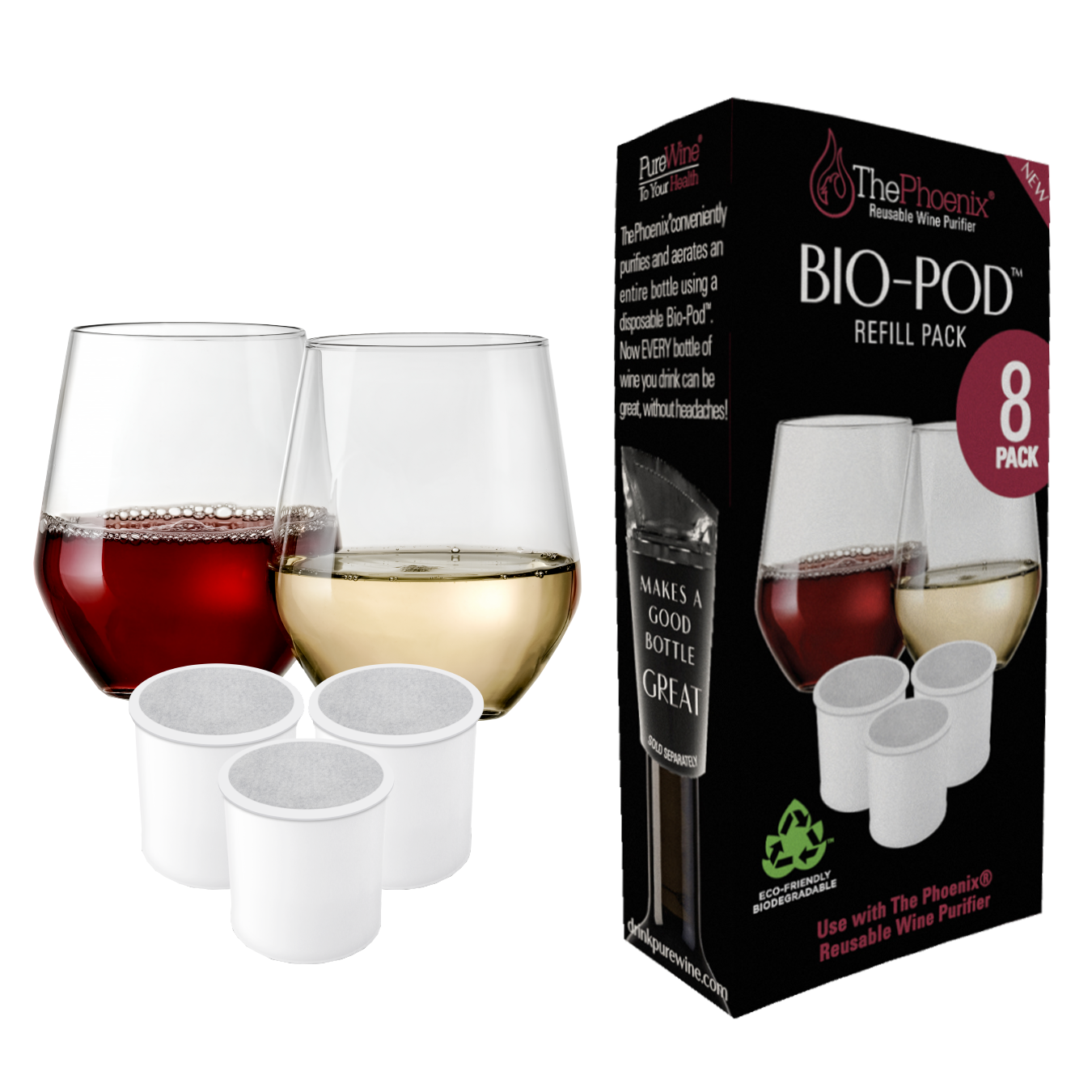
 (20 reviews)
(20 reviews)


